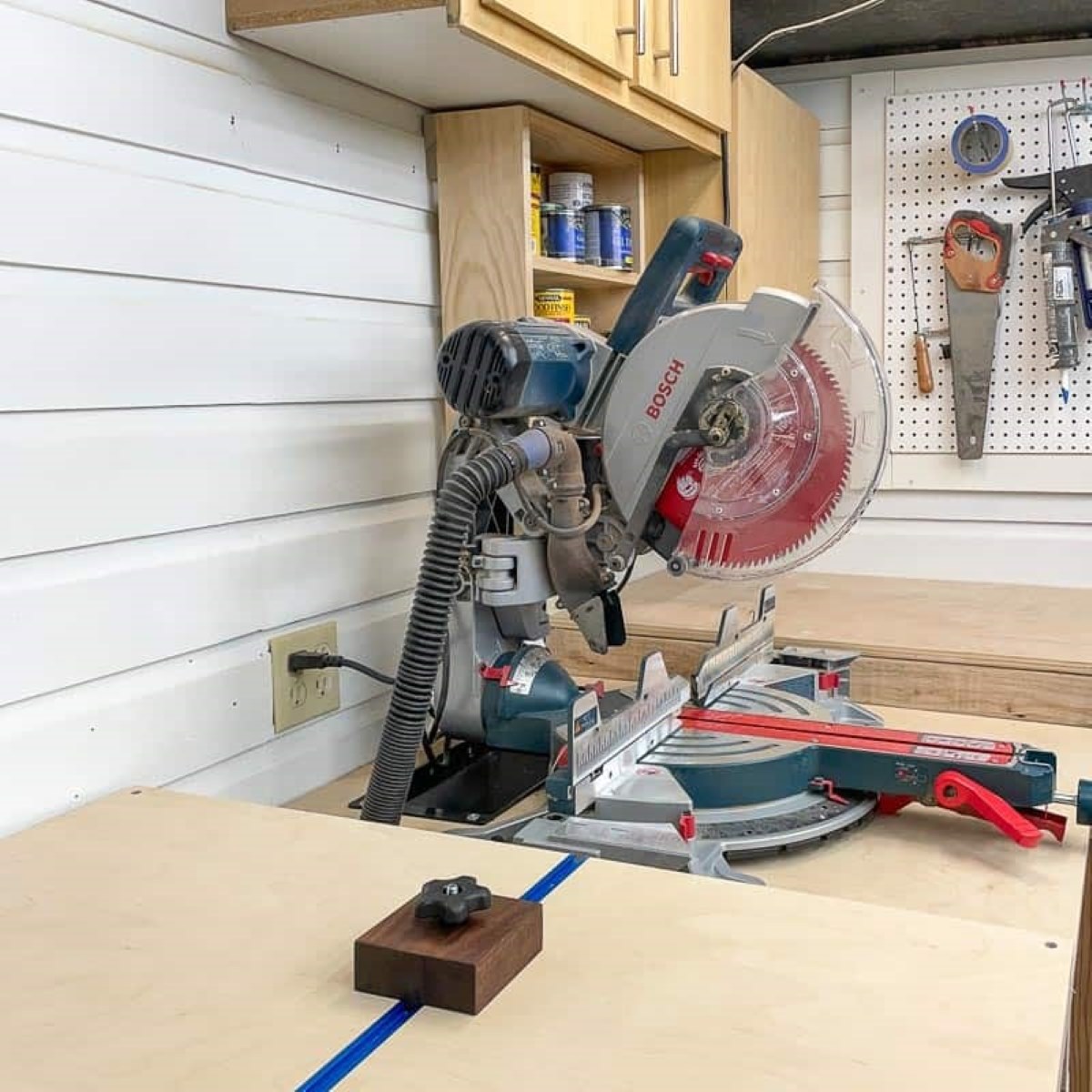

Articles
How To Store A Miter Saw
Modified: May 6, 2024
Discover the best practices for storing your miter saw and keep it in optimal condition. Read our helpful articles and keep your tool safe and secure.
(Many of the links in this article redirect to a specific reviewed product. Your purchase of these products through affiliate links helps to generate commission for Storables.com, at no extra cost. Learn more)
Introduction
Storing a miter saw properly is essential for maintaining its performance and longevity. Whether you use a miter saw for professional woodworking or do-it-yourself projects, taking the time to store it correctly will ensure that it remains in optimal condition.
In this article, we will guide you through the step-by-step process of storing a miter saw. From choosing the right storage location to cleaning and maintenance, detaching the blade, and securing the saw, we will cover all the necessary aspects to keep your miter saw safe and ready for use.
Having a dedicated storage space for your miter saw not only protects it from damage, but it also ensures easy accessibility when you need it next. So, let’s dive into the details of how to store a miter saw effectively.
Key Takeaways:
- Properly storing a miter saw is crucial for its longevity and performance. Choose the right storage location, detach the blade, secure the saw, and protect the power cord to ensure its optimal condition.
- Regular cleaning, maintenance, and long-term storage precautions are essential for preserving the functionality and safety of a miter saw. Follow these steps to maintain and protect your valuable woodworking tool.
Read more: How To Store Miter Saw
Choosing the Right Storage Location
When it comes to storing a miter saw, the first step is to find the right storage location. Ideally, you should opt for a dry, climate-controlled area that is free from extreme temperatures and humidity. This will help prevent any rust or moisture damage to the saw.
If possible, choose a space that is away from direct sunlight, as prolonged exposure to UV rays can cause the plastic parts of the saw to deteriorate over time. Additionally, avoid storing the miter saw in areas prone to excessive dust or debris, as this can clog the motor or affect the accuracy of the saw’s cuts.
If you frequently use your miter saw, consider investing in a sturdy workbench or miter saw stand. This will not only provide a stable surface for operating the tool but also offer a convenient storage area when not in use. Many miter saw stands even come with built-in storage compartments for keeping accessories and blades organized.
If you have limited space or need to store the miter saw for an extended period, consider using a dedicated storage cabinet or a locking storage box. These options not only keep the saw safe from accidental damage but also provide an extra layer of security.
Remember, it’s important to choose a storage location that provides easy access to the miter saw whenever you need it. Having a designated spot for your saw will not only save you time but also prevent any accidental damage that may occur if the saw is stored among other tools or equipment.
Cleaning and Maintenance
Proper cleaning and maintenance are crucial for keeping your miter saw in top-notch condition. Regular cleaning not only ensures optimal performance but also prevents the buildup of dust and debris that can affect the accuracy of your cuts. Follow these steps to clean and maintain your miter saw:
- Disconnect the saw from the power source before starting any cleaning or maintenance tasks.
- Using a soft brush or a compressed air duster, remove any dust or debris from the surface of the miter saw, including the base, blade guard, and motor housing. Pay special attention to the saw’s air vents to prevent clogging.
- Inspect the blade for any signs of damage or dullness. If necessary, replace the blade following the manufacturer’s instructions.
- Check the saw’s fences and bevel adjustments for proper alignment. If any adjustments are required, consult the saw’s user manual to make the necessary corrections.
- Apply a small amount of lubricant to the moving parts of the saw, such as the blade pivot points and the slide rails. This will help ensure smooth operation and extend the life of your saw.
- Inspect the power cord for any signs of wear or damage. If you notice any issues, have the cord replaced by a qualified professional.
Remember to always follow the manufacturer’s guidelines for cleaning and maintenance. They will provide specific recommendations for your miter saw model. Regular maintenance not only keeps your saw running smoothly but also helps to identify any potential issues before they become major problems.
By incorporating proper cleaning and maintenance habits into your routine, you can increase the lifespan of your miter saw and prevent costly repairs down the line. Take the time to keep your saw clean and well-maintained, and it will reward you with accurate cuts and reliable performance in your woodworking projects.
Detaching the Blade
Before storing your miter saw, it is important to detach the blade properly. This step ensures the safety of the blade and prevents any accidental injuries. Follow these steps to detach the blade from your miter saw:
- Disconnect the miter saw from the power source and allow it to come to a complete stop.
- Locate the blade arbor, which is the shaft that holds the blade in place. It is usually found at the center of the saw’s base.
- Find the arbor lock button or lever, which is used to secure the blade in place during operation.
- Press the arbor lock button or engage the lever to immobilize the blade.
- Using the provided wrench or a socket wrench, turn the blade bolt counterclockwise to loosen it.
- Once the blade bolt is loose, carefully remove it and set it aside.
- Gently slide the blade off the arbor, taking care not to touch the sharp edges.
- With the blade removed, inspect it for any signs of damage or wear. If necessary, clean the blade or have it sharpened before storing it.
- Store the blade in a protective case or wrap it in a clean cloth to prevent any damage or accidental contact.
Remember to always handle the blade with caution and wear protective gloves when detaching or handling it. Keep the blade stored in a safe place away from children or pets.
Detaching the blade not only protects you and others from accidental injuries but also allows for better storage options. By removing the blade, you can minimize the risk of damage during storage and ensure that it remains sharp and in good condition for future use.
Securing the Miter Saw
Securing your miter saw is crucial to prevent any potential damage or accidents during storage. Follow these steps to properly secure your miter saw:
- Position the saw on a stable and level surface. If you have a dedicated workbench or miter saw stand, make sure it is locked in place to prevent any movement.
- Engage the bevel lock or tilt mechanism to secure the saw’s angle adjustments in place. This will prevent any accidental movement of the blade or base.
- Lower the saw’s blade down into its lowest position. This will ensure that the blade is safely tucked away and reduces the risk of accidental contact.
- If your miter saw has a blade guard, make sure it is in the closed position to provide additional protection.
- Engage any available safety locks or mechanisms on the saw. These may include locks on the slide rails or locks on the miter and bevel angles.
- Consider using a bungee cord or strap to further secure the saw to the workbench or miter saw stand. This can help prevent any movement or tipping during storage.
- If storing the miter saw in a cabinet or storage box, make sure it is securely fastened or locked in place to avoid any accidental opening or movement.
By properly securing your miter saw, you can minimize the risk of damage or accidents while it is in storage. Taking these extra precautions will also ensure that the saw remains in optimal condition and is ready for use the next time you need it.
When storing a miter saw, make sure to clean it thoroughly to remove any sawdust and debris. Store it in a dry and secure location to prevent rust and damage. Cover it with a protective case or cloth to keep it dust-free.
Read more: How To Use A Miter Saw
Protecting the Power Cord
Protecting the power cord of your miter saw is essential to ensure its longevity and safety. Cords can easily become damaged or tangled if not stored properly. Follow these steps to protect the power cord of your miter saw:
- Before storing the miter saw, unplug it from the power source and ensure that the cord is completely free from any electrical outlets.
- Gently coil the power cord in a loose and organized manner. Avoid bending or twisting the cord excessively, as it may lead to damage or tangling.
- Secure the coiled power cord with a cable tie or a cord organizer. This will keep it tidy and prevent it from becoming tangled during storage.
- Avoid storing the miter saw in a way that puts excessive pressure on the power cord. This can cause damage to the cord or the connection point.
- Consider using a cord reel or a designated cord storage compartment if available. These options provide additional protection and ensure that the cord is neatly stored and easily accessible.
- Store the miter saw in a dry and clean environment to prevent any moisture or dust from coming in contact with the power cord.
- Regularly inspect the power cord for any signs of wear or damage. If you notice any issues, have the cord replaced by a qualified professional before using the miter saw again.
Protecting the power cord not only extends its lifespan but also reduces the risk of electrical hazards. By following these simple steps, you can ensure that your miter saw’s power cord remains in excellent condition and ready for use whenever you need it.
Storing Additional Accessories
Aside from the miter saw itself, there are often additional accessories and attachments that come with it. Properly storing these accessories ensures that they remain organized, protected, and easily accessible when needed. Here are some tips for storing additional accessories for your miter saw:
- Identify and gather all the accessories that came with your miter saw, such as extra blades, wrenches, dust bags, and fence extensions.
- Designate a specific storage area for your miter saw accessories. This can be a drawer in your workbench, a toolbox, or a storage bin specifically designed for small tools.
- Organize the accessories in a logical and easy-to-retrieve manner. Consider using dividers or small containers to keep the accessories separated and prevent them from jumbling together.
- Label each accessory or container to make it easier to locate and identify the items you need.
- Ensure that the storage area for the accessories is clean, dry, and well-ventilated. This will help prevent rust or damage that can occur due to moisture or humidity.
- If any of the accessories require special care or maintenance, follow the manufacturer’s instructions for cleaning or storing them. This might include applying a thin coat of rust-preventive oil to metal parts or keeping blades in protective cases.
- Consider investing in a miter saw accessory storage system, such as a wall-mounted organizer or a custom-made cabinet. These solutions can help maximize storage space while keeping all your accessories easily accessible.
By properly storing your miter saw accessories, you will be able to keep them organized and in excellent condition. This will not only save you time searching for the right accessory but also ensure that they remain functional and perform optimally when you need them for your woodworking projects.
Covering and Dust Protection
Protecting your miter saw from dust and debris is essential to maintain its performance and prevent any potential damage. Dust can accumulate inside the saw’s motor and electrical components, affecting its functionality over time. Here’s how you can protect your miter saw from dust:
- Invest in a fitted cover or case specifically designed for your miter saw. These covers are typically made from durable materials that shield the saw from dust, moisture, and other potential hazards.
- When not in use, keep your miter saw covered with a dust-resistant material, such as a tarp or heavy-duty plastic sheet. Make sure the cover is large enough to fully enclose the saw, protecting it from any airborne contaminants.
- Avoid storing your miter saw in an area with excessive dust or debris. Look for a clean and relatively dust-free environment, such as a dedicated workshop or storage area.
- Consider using a dust collector or an extraction system in conjunction with your miter saw. These devices help capture and remove dust particles generated during cutting, keeping your workspace and saw cleaner.
- Regularly clean the dust collection system of your miter saw, including the dust bag or canister. Emptying or replacing the collection bag prevents it from becoming overfilled, which can inhibit the saw’s dust collection capabilities.
- As an extra measure of protection, you can place a silica gel packet or moisture-absorbing product in the storage area to help reduce humidity and protect the saw from moisture-related issues.
- Periodically inspect and clean the saw’s air vents and filters to optimize airflow. Clogged vents and filters can hinder the saw’s cooling system, leading to overheating or reduced performance.
- When using the miter saw, work in a well-ventilated area and consider using a dust mask or respirator to protect yourself from inhaling fine dust particles.
By implementing these measures, you can protect your miter saw from dust and debris, ensuring its longevity and optimal performance. Regular cleaning and maintenance will also extend the lifespan of your saw and allow you to work in a clean and safe environment.
Tips for Long-Term Storage
If you plan to store your miter saw for an extended period, follow these tips to ensure its preservation and readiness for future use:
- Before storing the saw, thoroughly clean and dry all its parts, including the base, blade, and accessories. Removing any dust or residue prevents potential damage and minimizes the risk of corrosion.
- Apply a thin coat of rust-preventive oil to metal surfaces to provide an extra layer of protection against moisture and rust formation.
- If possible, store the miter saw in a climate-controlled environment. Extreme temperature fluctuations and humidity can affect the performance and integrity of the tool.
- Avoid storing the saw near any sources of heat, such as heaters or direct sunlight. High temperatures can warp or damage plastic parts of the saw.
- Place the miter saw on a stable surface or secure it to a wall-mounted bracket to prevent accidental tipping or damage during storage.
- Consider removing the saw’s battery, if applicable, before storing it. This prevents any potential battery leakage or damage during long periods of inactivity.
- Label the storage location with the miter saw’s name and specifications, making it easier to locate and identify the tool when needed.
- Regularly check on the stored miter saw to ensure that it remains in good condition. Look for any signs of damage, dust accumulation, or pest infestation.
- If storing the miter saw in a garage or shed, take precautions to protect it from rodents or insects. Consider using rodent repellents or traps to prevent any damage caused by unwanted critters.
- Prioritize safety when retrieving the stored miter saw. Always use proper lifting techniques and ensure that the surrounding area is clear before moving or operating the tool.
By following these tips, you can ensure that your miter saw remains in optimal condition during long-term storage. This will save you time and money on repairs or replacements and ensure that your saw is ready for use whenever you need it again.
Read more: How To Unlock A Ryobi Miter Saw
Conclusion
Properly storing your miter saw is essential for its longevity, performance, and safety. By following the steps and tips outlined in this article, you can ensure that your miter saw remains in excellent condition and is ready for use whenever you need it.
Choosing the right storage location, cleaning and maintaining the saw, detaching the blade, securing the saw, protecting the power cord, storing additional accessories, and covering the saw for dust protection are all critical aspects to consider. Additionally, taking the necessary precautions for long-term storage will help preserve the saw’s functionality and protect it from any potential damage.
Remember to always prioritize safety when handling and storing your miter saw. Take the time to clean and maintain the saw regularly, follow the manufacturer’s guidelines, and handle delicate parts with care. By incorporating these practices into your routine, you can prolong the lifespan of your miter saw and enjoy its reliable performance for years to come.
Whether you’re a professional woodworker or a DIY enthusiast, proper storage and maintenance of your miter saw are key to ensuring that it remains a reliable and valuable tool in your workshop. Implement the tips provided in this article, and you’ll be well on your way to keeping your miter saw in optimal condition and enjoying precise, accurate cuts in all your woodworking projects.
Now that your miter saw is safely stored, you might be wondering about organizing all your other tools. For those looking for effective solutions, our article on best practices for tool storage offers a variety of options to consider for the upcoming year. If you're keen on tackling more hands-on projects, our insights on benefits of DIY projects will surely spark your creativity and show you why engaging in do-it-yourself work is so rewarding. For enthusiasts ready to expand their toolkit, don't miss our analysis on choosing the right power tools, where we highlight which ones offer the best performance and value.
Frequently Asked Questions about How To Store A Miter Saw
Was this page helpful?
At Storables.com, we guarantee accurate and reliable information. Our content, validated by Expert Board Contributors, is crafted following stringent Editorial Policies. We're committed to providing you with well-researched, expert-backed insights for all your informational needs.
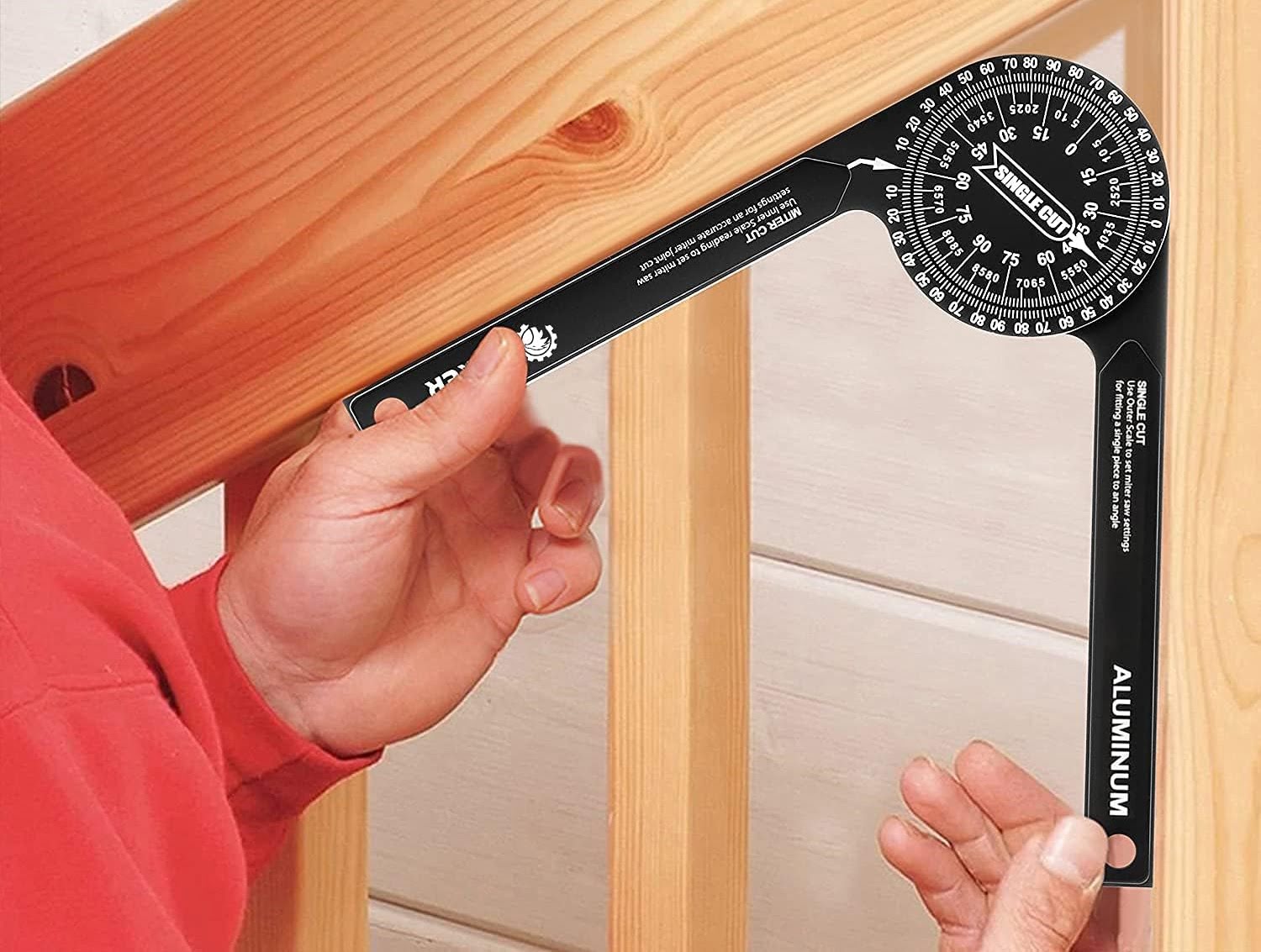
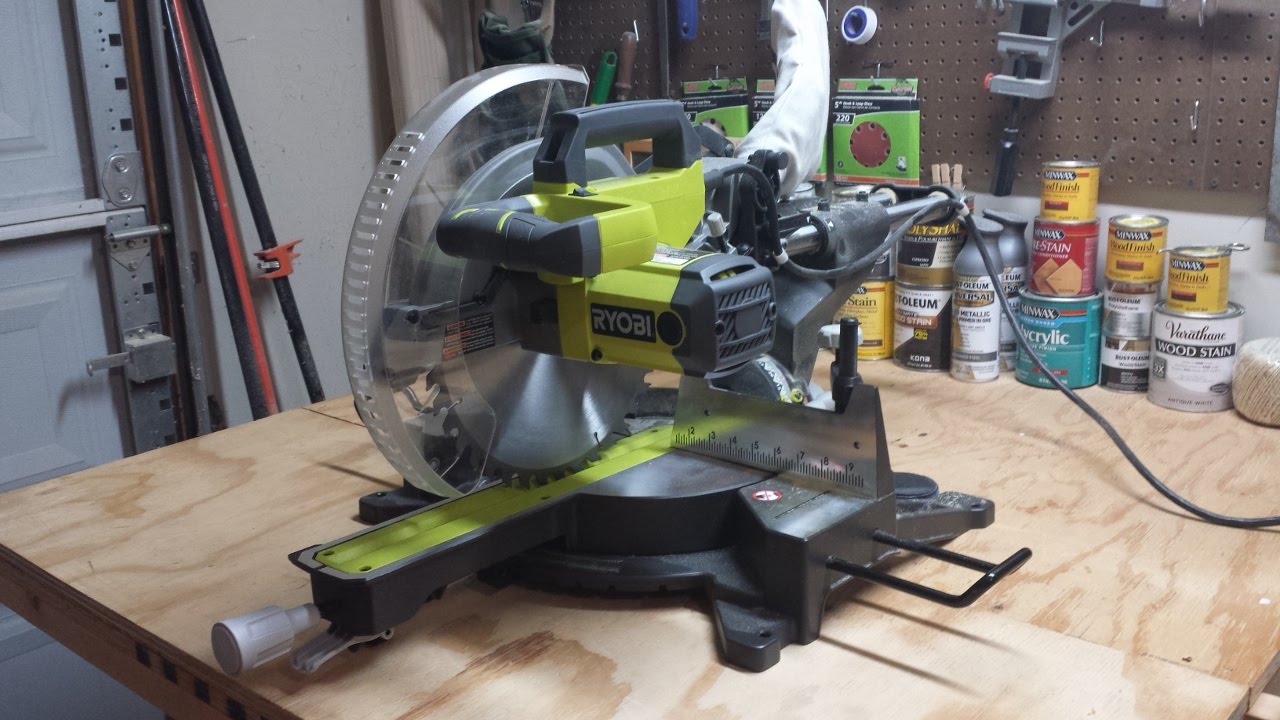
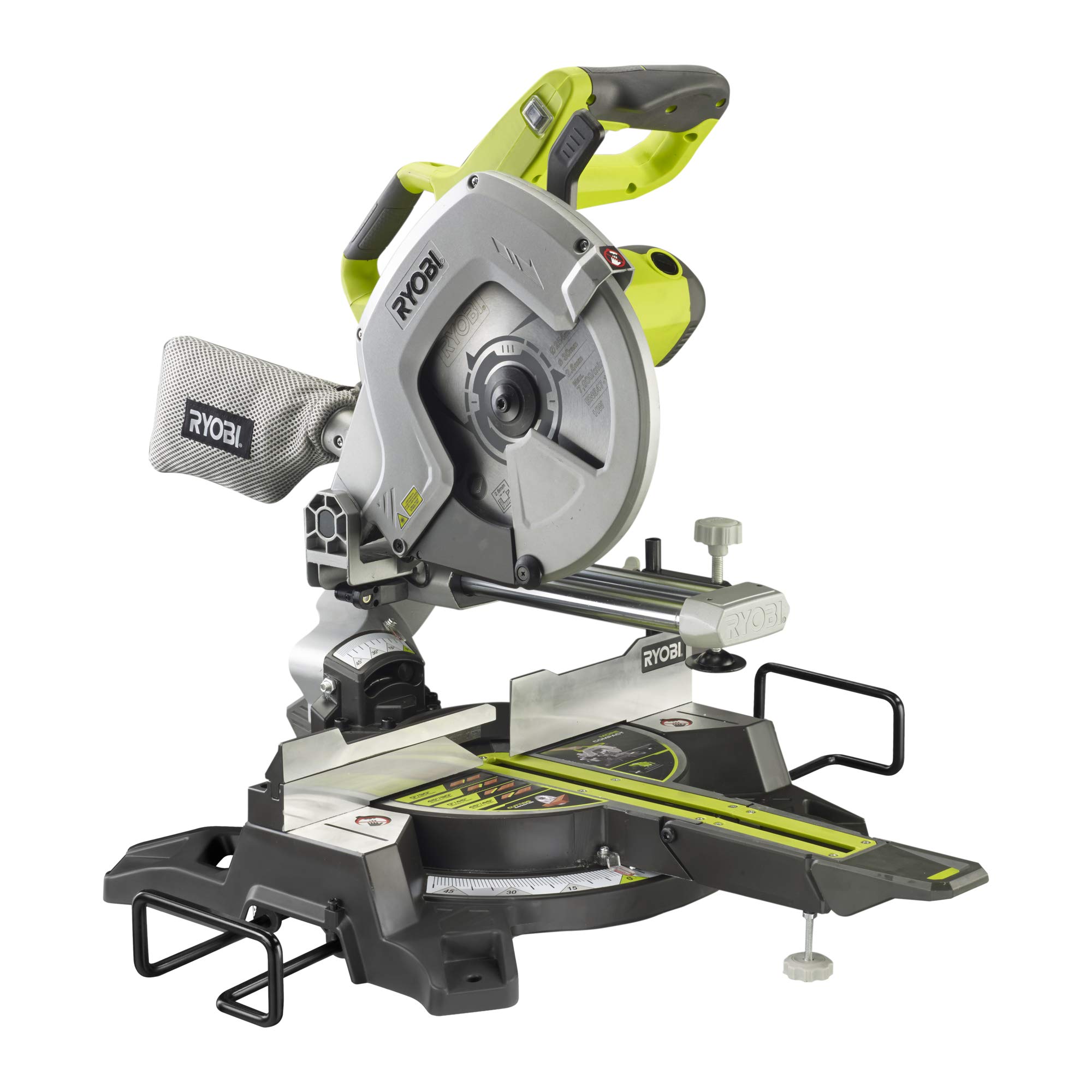
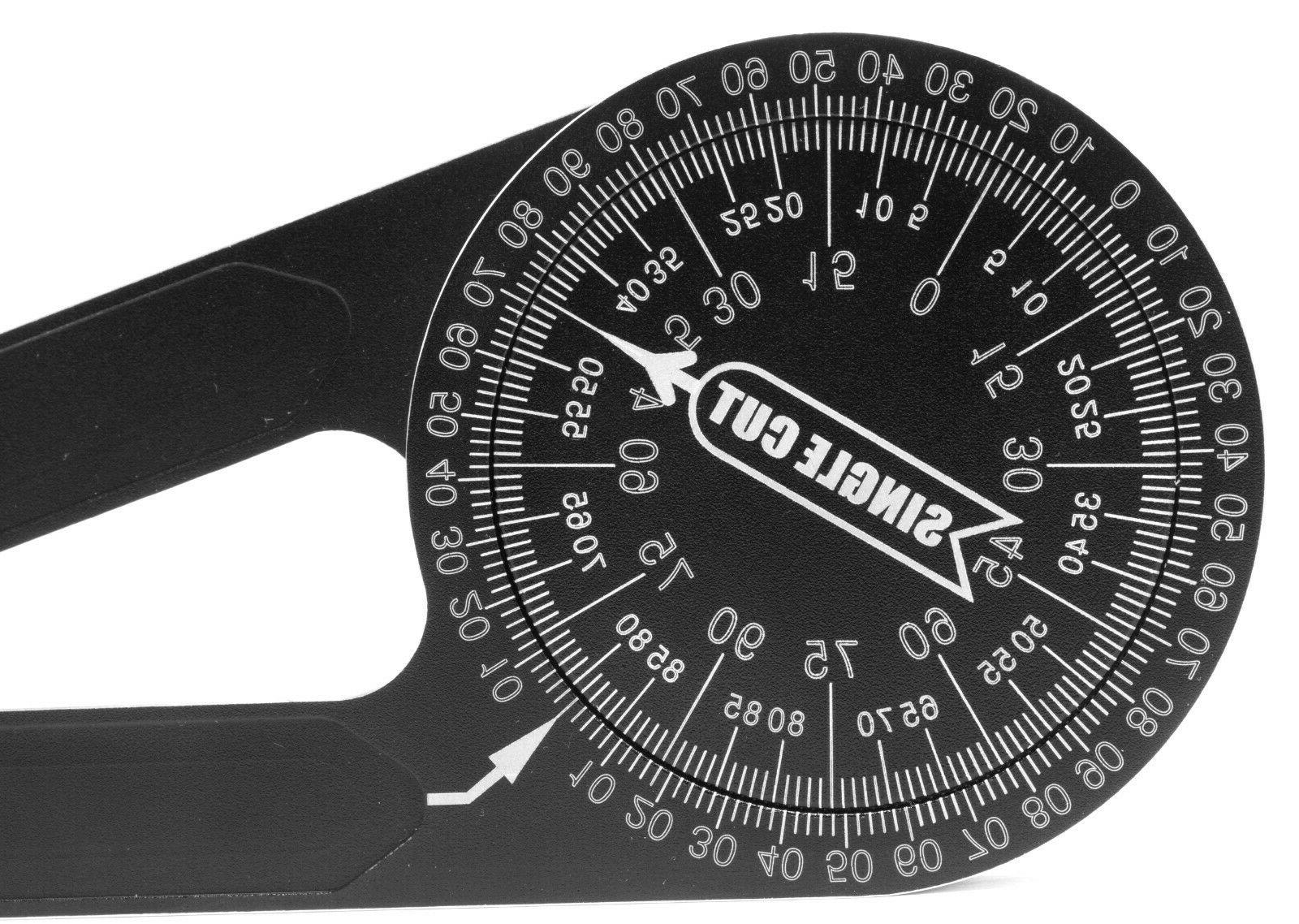
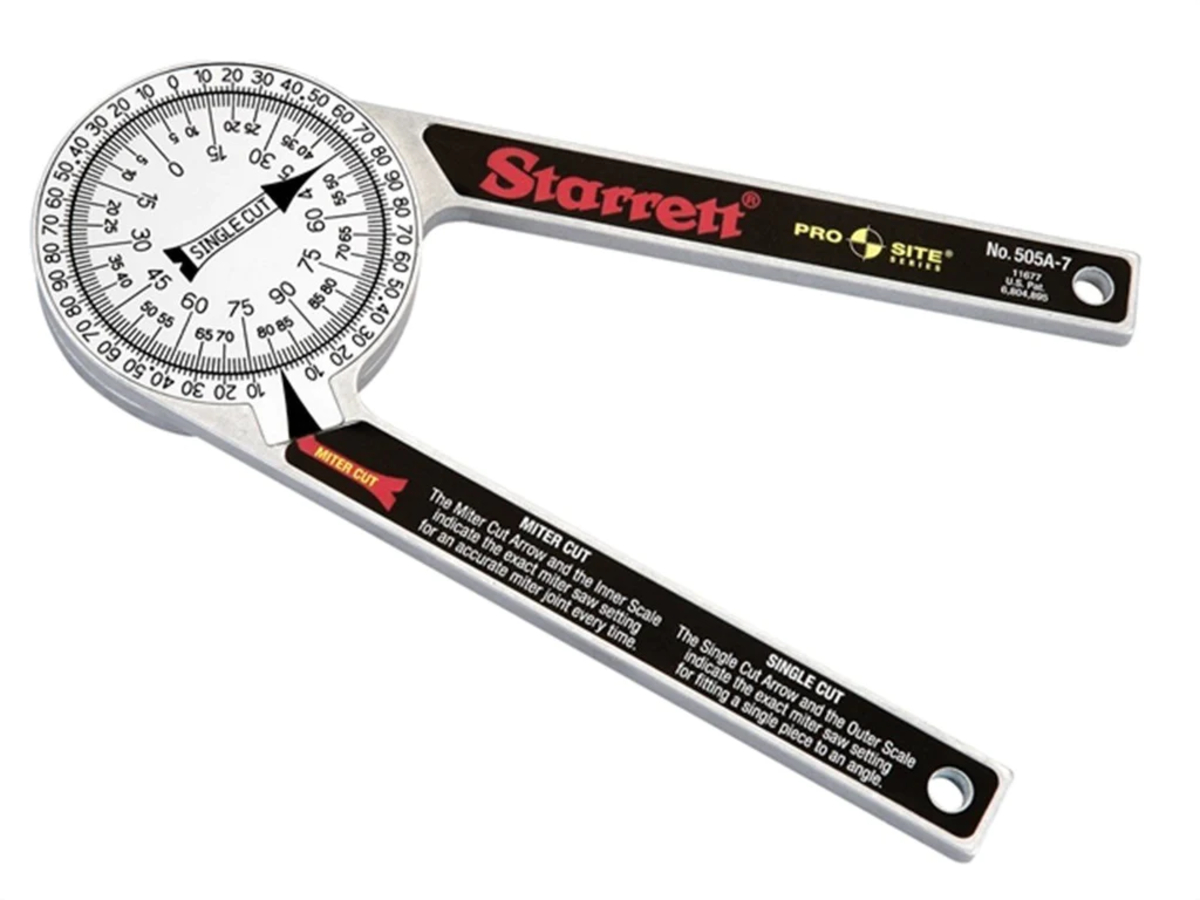
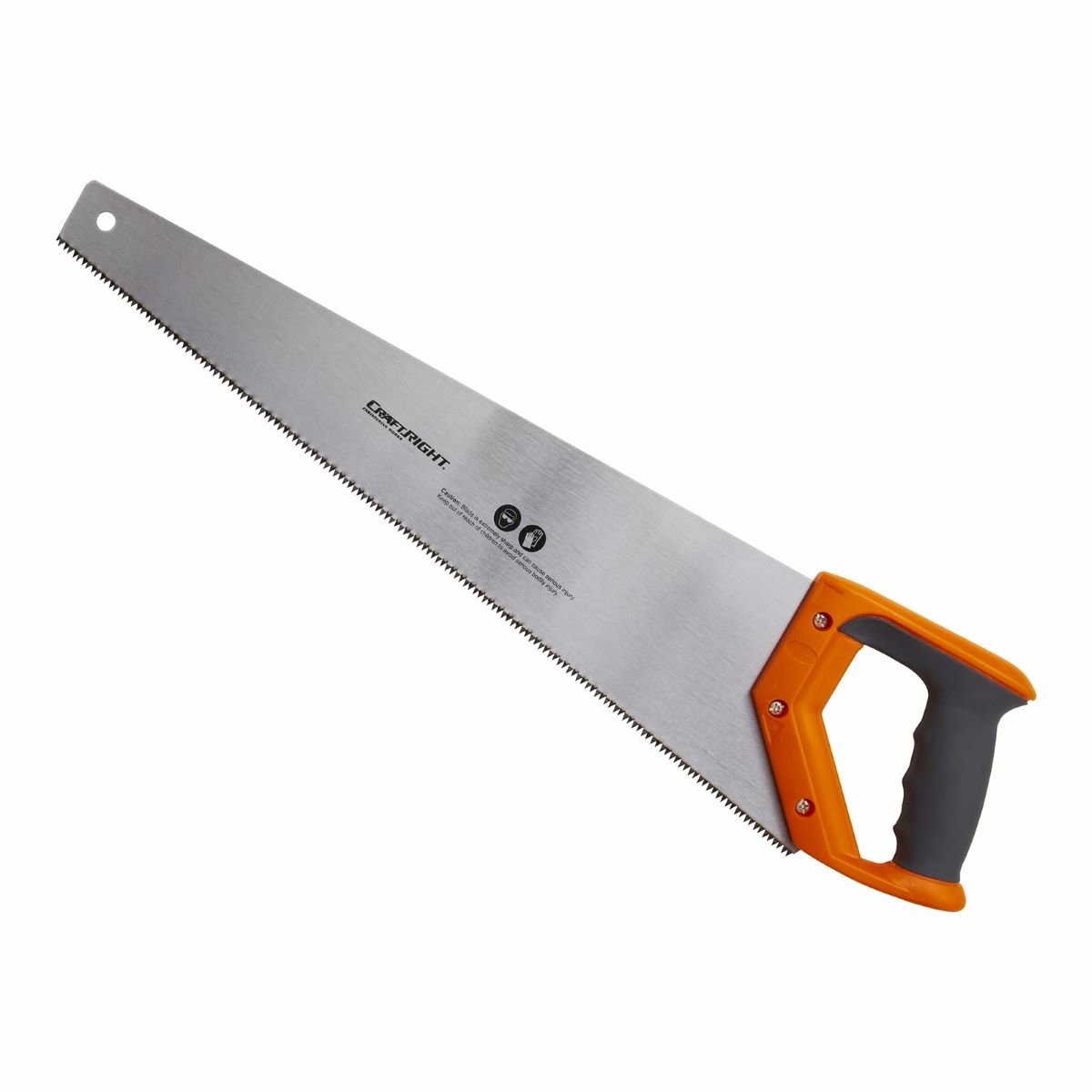
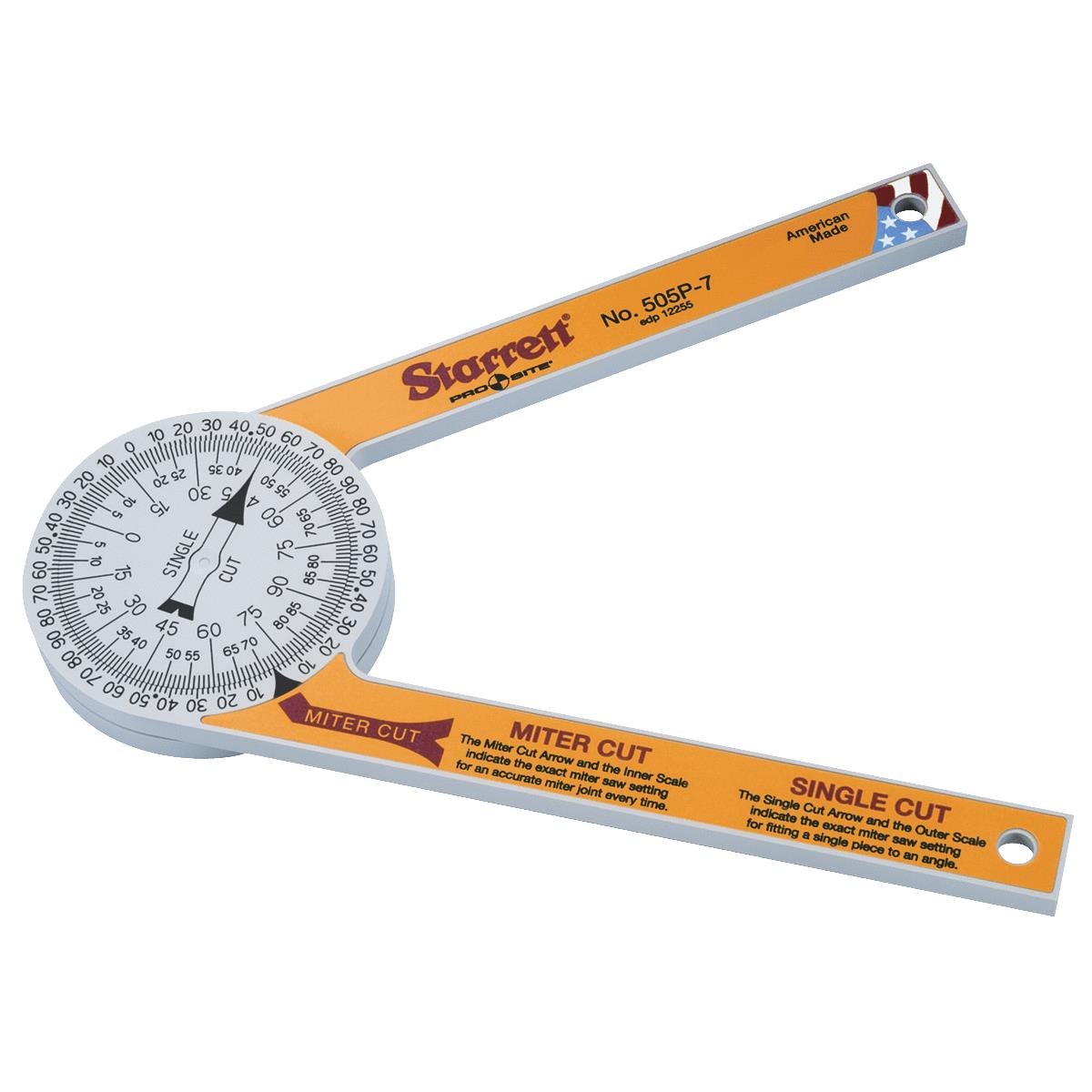
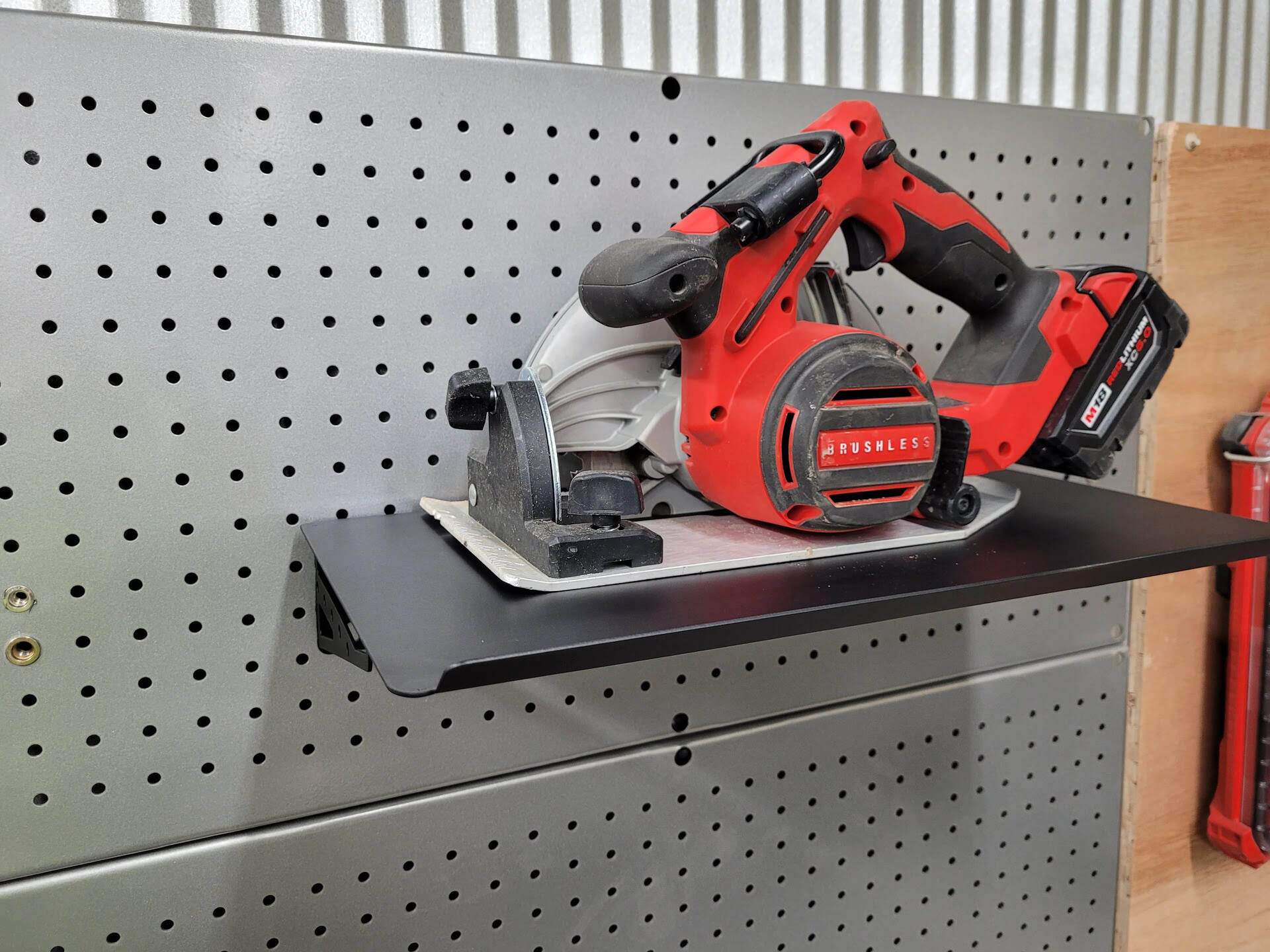
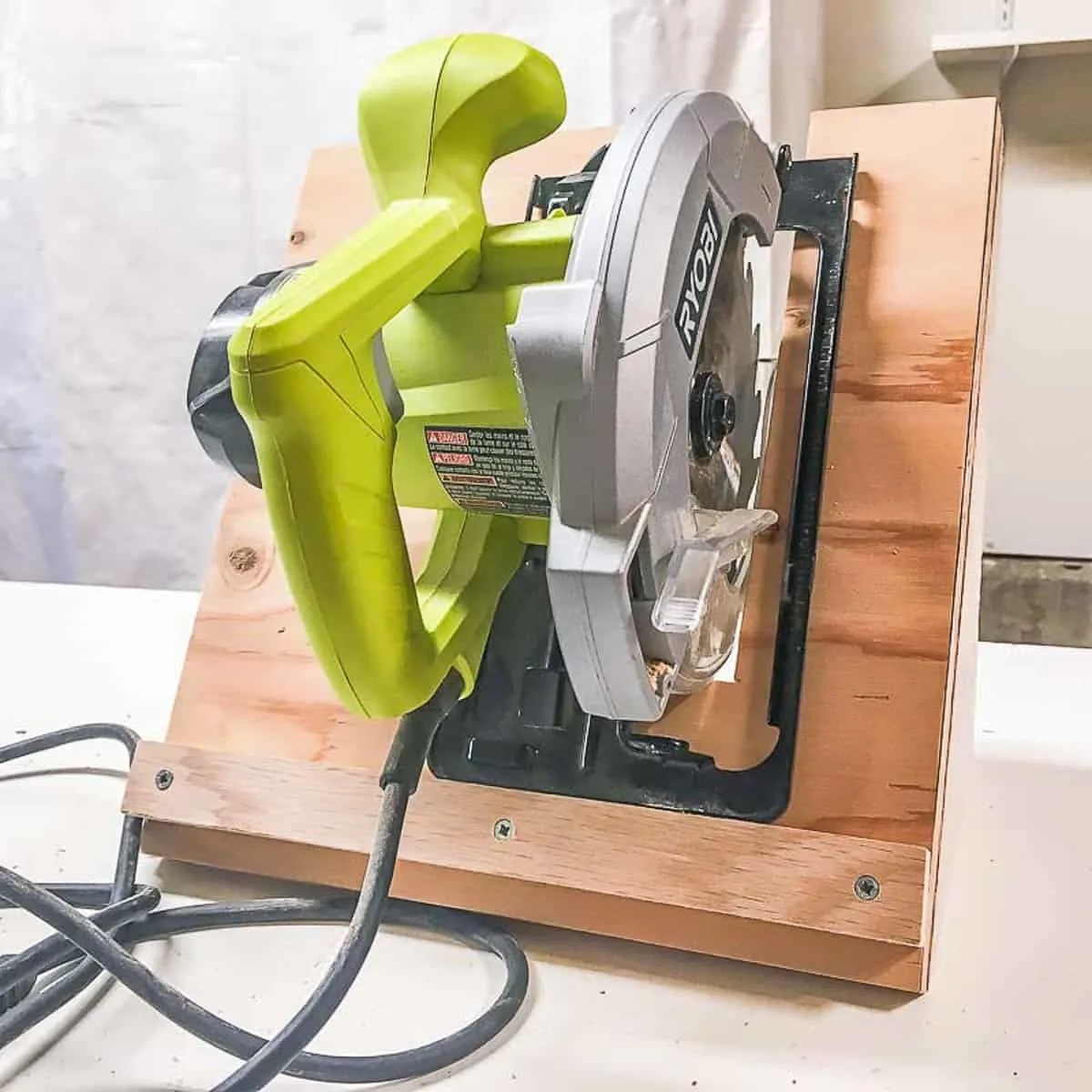
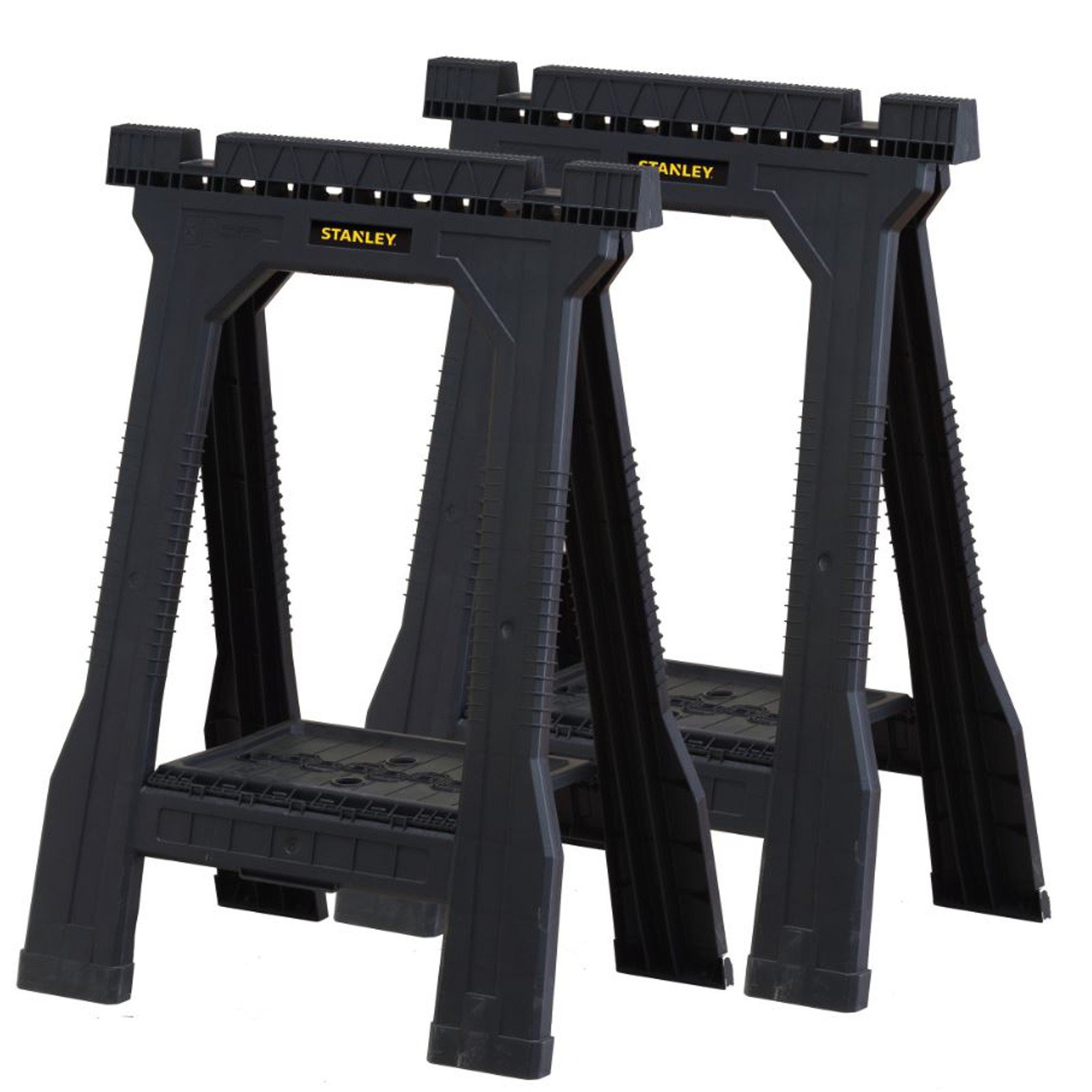
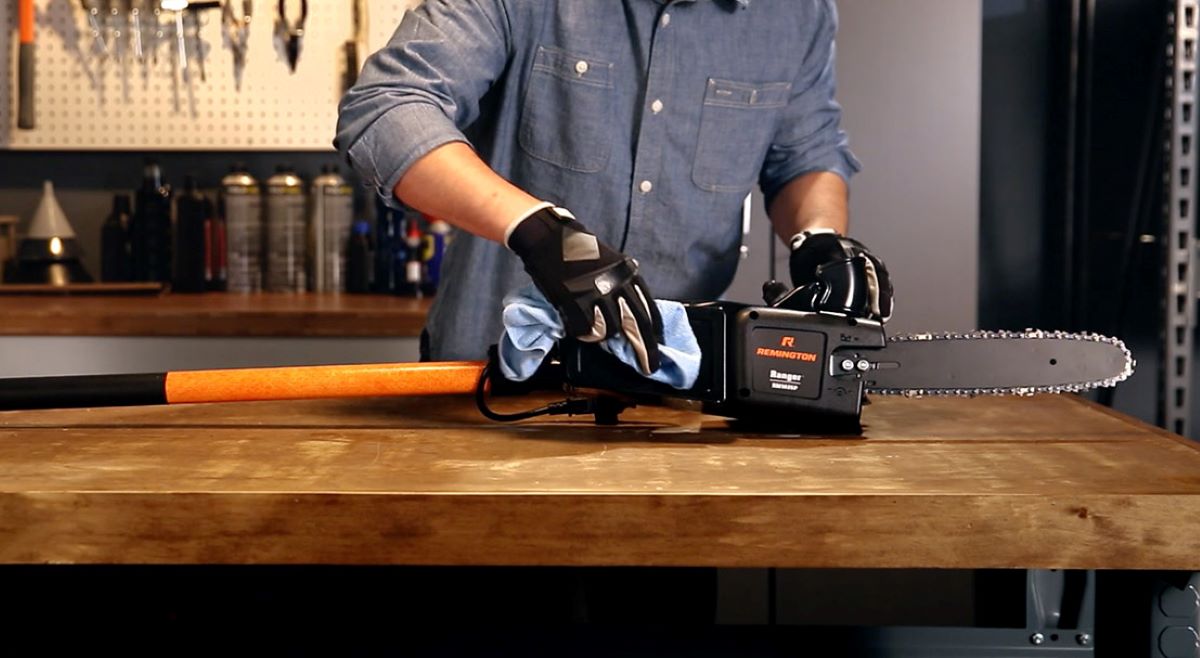
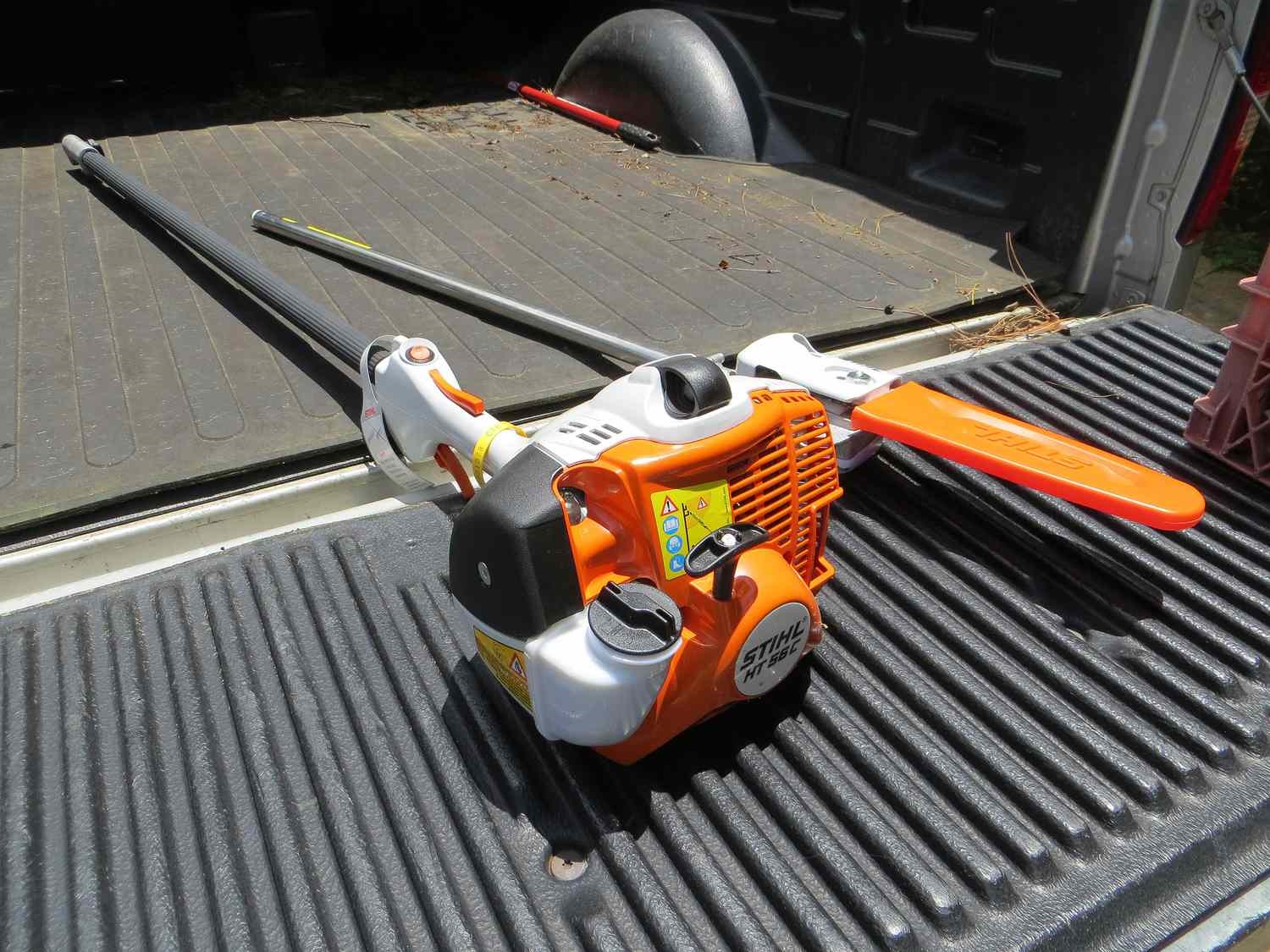
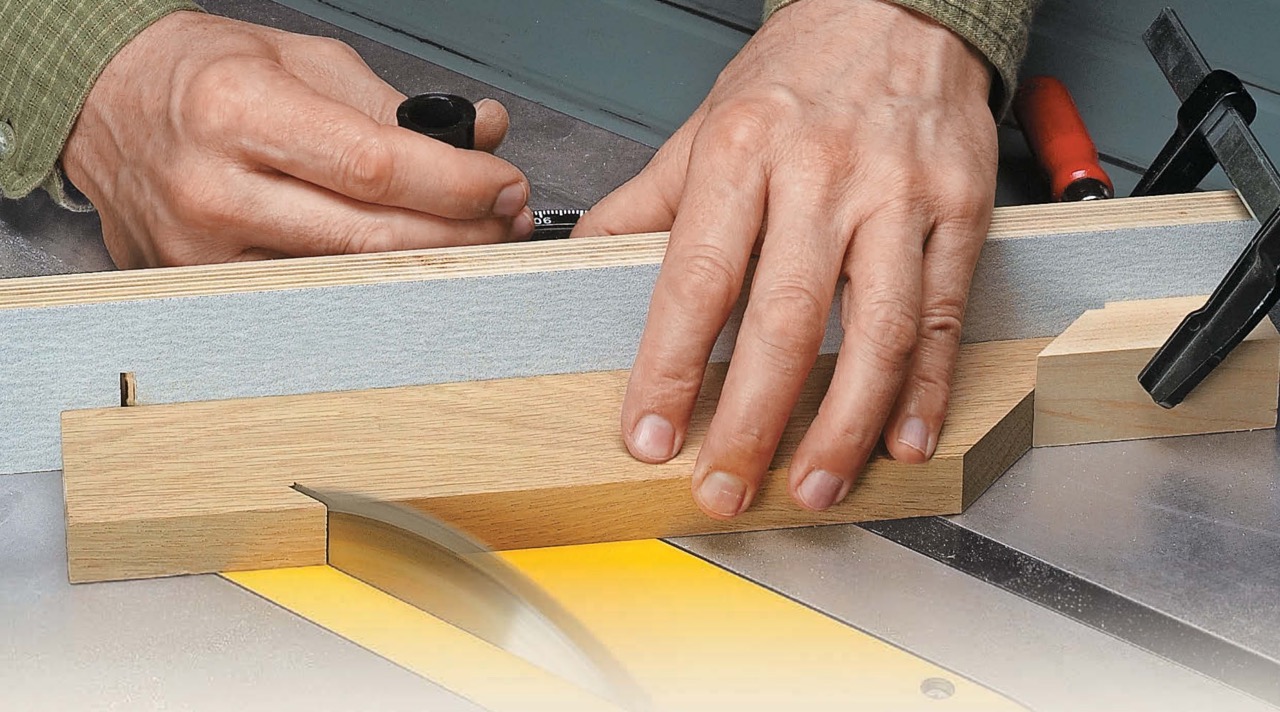

0 thoughts on “How To Store A Miter Saw”